Why Choose a Pick and Place Robot? Boost Efficiency with 70% Increased Productivity
In today's fast-paced manufacturing landscape, the efficiency of production lines has become paramount to maintaining competitive advantage. One innovative solution that has garnered significant attention is the pick and place robot. According to a report by MarketsandMarkets, the global market for robotic automation is projected to reach $45 billion by 2025, growing at a CAGR of 12.9%. This growth is largely driven by advancements in robotics technology, which allows companies to increase productivity while simultaneously reducing operational costs.
The pick and place robot plays a crucial role in this transformation, offering a remarkable increase in operational efficiency—up to 70% in certain applications. These robots are designed to handle a variety of tasks such as sorting, packing, and assembling items with high precision and speed. A study from the International Federation of Robotics highlighted that the adoption of automation, particularly through robotic systems, can lead to a substantial decrease in labor costs while improving accuracy and product quality.
By integrating pick and place robots into their workflows, organizations can not only streamline their processes but also enhance safety and reduce the likelihood of human error. As industries continue to embrace automation, understanding the benefits and applications of pick and place robots will be essential for businesses looking to thrive in a rapidly evolving market.
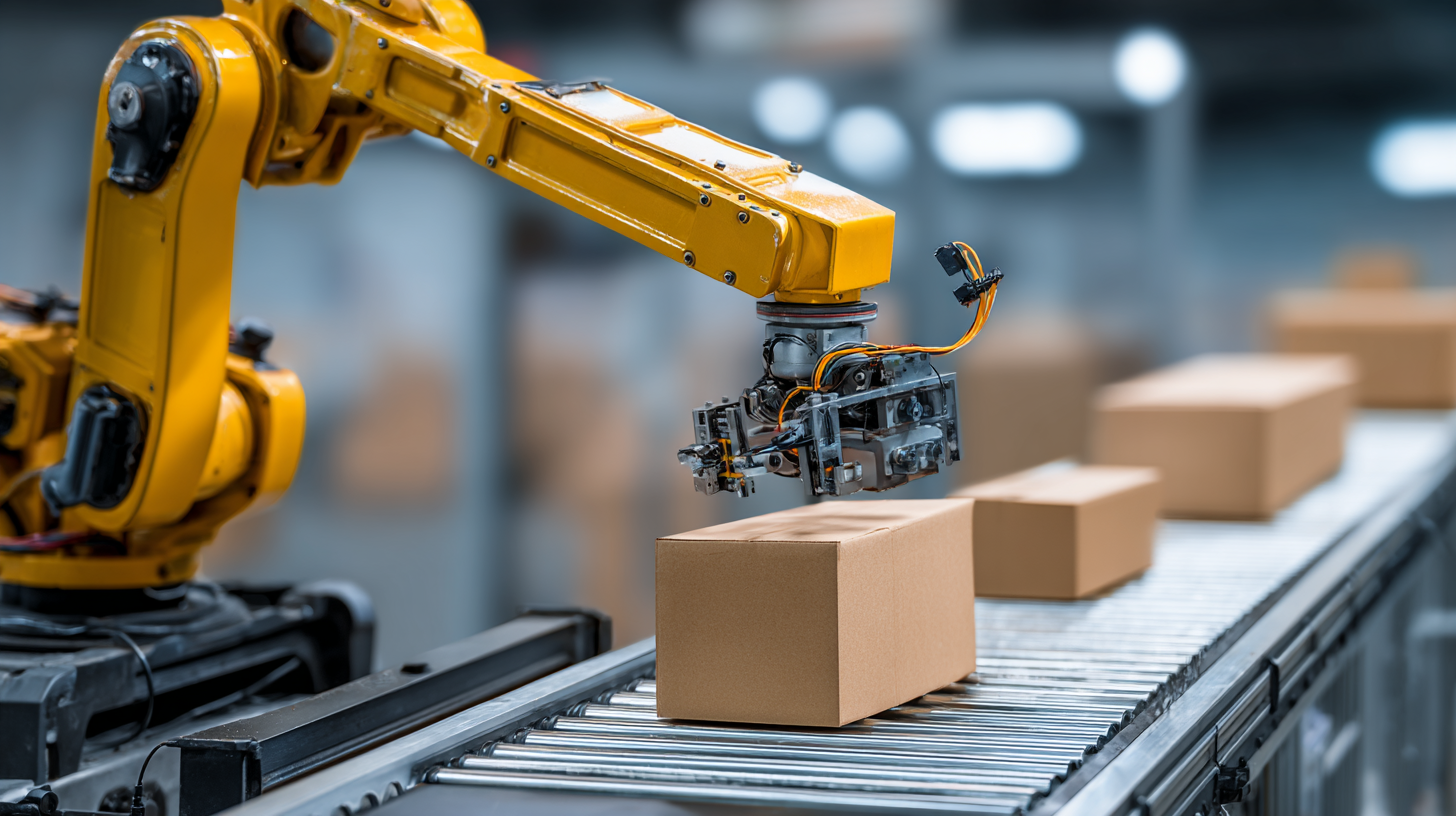
Benefits of Implementing Pick and Place Robots in Manufacturing
Implementing pick and place robots in manufacturing offers a myriad of benefits that significantly enhance operational efficiency. Primarily, these robots excel in repetitive tasks, leading to a marked reduction in cycle times. By automating the handling of components, pick and place robots minimize human error and ensure consistent precision, which is crucial for maintaining quality standards in production lines. This automation not only helps in meeting tight deadlines but also allows human workers to focus on more complex tasks that require creativity and problem-solving.
Another significant advantage is the flexibility pick and place robots bring to manufacturing processes. They can be easily programmed to handle various products and adapt to different production requirements. This adaptability is particularly beneficial for businesses that experience fluctuating demands or diverse product lines. Furthermore, with the integration of advanced technologies like vision systems and artificial intelligence, these robots are becoming increasingly capable of detecting and sorting items, thereby improving inventory management and reducing waste. The overall effect is a streamlined workflow that drives increased productivity, making the case for investing in pick and place robots in the manufacturing sector compelling.
How Pick and Place Robots Achieve 70% Increased Productivity
Pick and place robots have become indispensable in modern manufacturing and logistics due to their ability to significantly enhance productivity. According to a report by the International Federation of Robotics (IFR), companies that implemented automation, including pick and place robots, have reported an increase in efficiency ranging from 30% to 70%. This remarkable boost in productivity is attributed to the robots' ability to quickly and accurately handle repetitive tasks, which reduces human error and minimizes downtime.
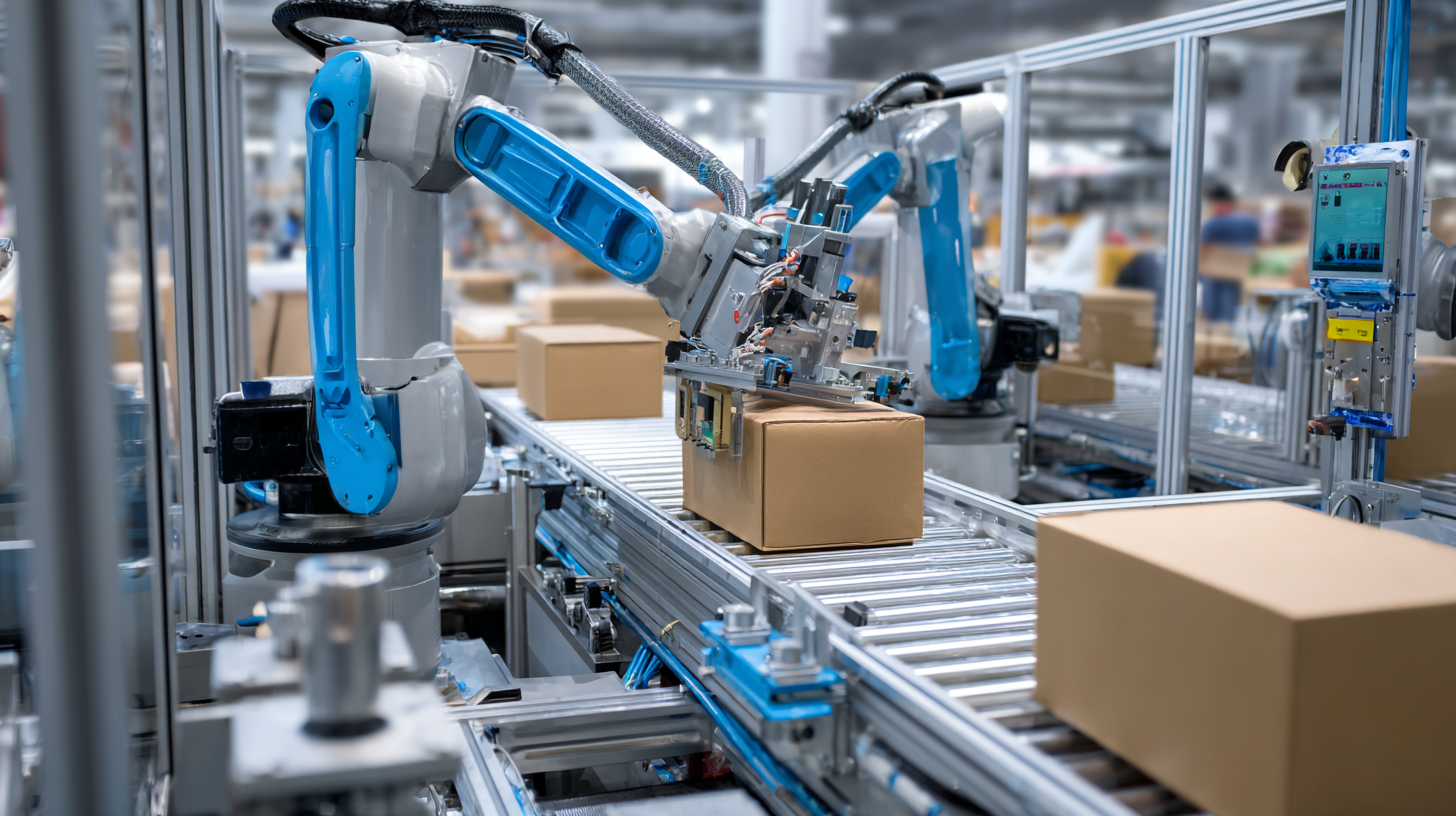
Moreover, a study by McKinsey & Company revealed that automating manual processes can yield up to a 45% increase in productivity in warehouses and distribution centers. Pick and place robots excel in tasks like sorting, packing, and assembling products, allowing businesses to redirect human labor towards more strategic roles. With advancements in technology, such as machine learning and computer vision, these robots can adapt to various tasks with unparalleled precision, thus further driving operational efficiency.
By investing in pick and place systems, companies can not only accelerate their production rates but also improve their overall output, fostering a more competitive edge in the market.
Key Features of Advanced Pick and Place Robotics Solutions
Advanced pick and place robotics solutions are revolutionizing manufacturing and logistics by significantly enhancing productivity. According to a report by the International Federation of Robotics, the adoption of these systems can lead to a remarkable 70% increase in overall efficiency. Their ability to perform tasks such as picking, sorting, and packaging at high speeds not only minimizes operational downtime but also reduces labor costs. This is particularly crucial in high-demand industries where rapid order fulfillment is essential to maintain a competitive edge.
Key features of advanced pick and place robots include high precision, adaptability, and integration capabilities. Many of today's robots are equipped with sophisticated vision systems that enable them to accurately identify and handle various items, streamlining workflows in dynamic environments. Furthermore, with advancements in AI and machine learning, these robots can learn from their surroundings and optimize their tasks in real-time. According to a study by McKinsey, implementing robotics can reduce errors by up to 50%, leading to significant savings and improving product quality. The combination of these features is paving the way for smarter automation strategies that cater to the evolving needs of modern manufacturing and distribution sectors.
Comparative Analysis: Traditional Methods vs. Automated Robotics
 The rise of automated robotics has reshaped industries by significantly enhancing productivity compared to traditional methods. According to industry reports, the global market for artificial intelligence robots is projected to reach a staggering $5.23 billion by 2024, growing to $61.9 billion by 2025 and further escalating to $322.6 billion by 2032. This impressive growth underscores the efficiency gains achieved through automation, particularly with pick and place robots, which can boost productivity by an astonishing 70%. Such robots not only simplify the manufacturing process but also minimize human error, leading to greater operational consistency.
The rise of automated robotics has reshaped industries by significantly enhancing productivity compared to traditional methods. According to industry reports, the global market for artificial intelligence robots is projected to reach a staggering $5.23 billion by 2024, growing to $61.9 billion by 2025 and further escalating to $322.6 billion by 2032. This impressive growth underscores the efficiency gains achieved through automation, particularly with pick and place robots, which can boost productivity by an astonishing 70%. Such robots not only simplify the manufacturing process but also minimize human error, leading to greater operational consistency.
In a comparative analysis of traditional methods versus automated robotics, the advantages of automation are evident. Traditional assembly lines often involve manual labor, which is not only time-consuming but also prone to inconsistencies in quality. In contrast, automated systems such as pick and place robots offer precise control and rapid execution, allowing companies to meet increasing demand without sacrificing product quality. As industries continue to adopt these technologies, the transition towards automated solutions will redefine competitive landscapes, making efficiency a critical driver for success in the modern economy.
Future Trends in Pick and Place Robot Technology for 2025
By 2025, the global agricultural robotics market is forecasted to exceed $20 billion, fueled by the rapid integration of artificial intelligence. This shift towards AI-driven solutions in agriculture signifies a transformative moment for productivity in the sector. New robotic systems are emerging, equipped with advanced AI algorithms that enhance their capabilities, enabling them to perform complex tasks with improved precision and efficiency. These innovations not only streamline operations but also support sustainable practices by optimizing resource use and reducing waste.
In the warehousing sector, AI is poised to revolutionize management operations. The deployment of AI-enhanced pick and place robots is expected to increase productivity by up to 70%, driven by their ability to manage inventory with greater accuracy and speed. As the market for AI robotics is projected to grow from $6.19 billion in 2025 to $32.26 billion in the coming years, industries are increasingly recognizing the need to adopt these intelligent systems to stay competitive. The evolving landscape of robotics technology underscores the vital role these innovations will play in shaping future efficiencies across various sectors by 2025 and beyond.
Pick and Place Robot Productivity Comparison (2020-2025)
This chart illustrates the projected productivity increase of pick and place robots from 2020 to 2025, showcasing an expected rise of 70% by 2025, reflecting advancements in technology and efficiency.
Related Posts
-

Exploring the Future of Manufacturing: The Rise of Cartesian Robots in Automation
-

Why You Should Invest in a Pick and Place Robot for Your Assembly Line Efficiency
-
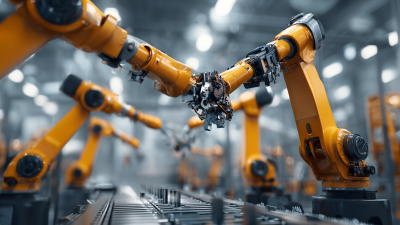
How to Choose the Right Manufacturing Robots for Your Production Needs
-

The Rapid Growth of Industrial Robotics Revolutionizing Manufacturing with 80 Percent Productivity Increase
-
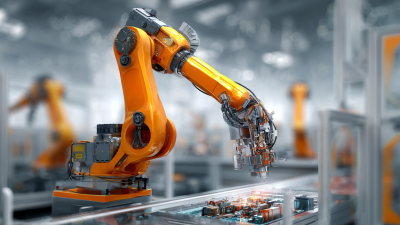
Revolutionizing Manufacturing: How Industrial Robotics Are Shaping the Future of Automation
-
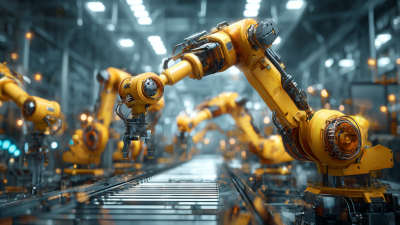
Exploring the Future of Manufacturing Robots in Smart Factories


